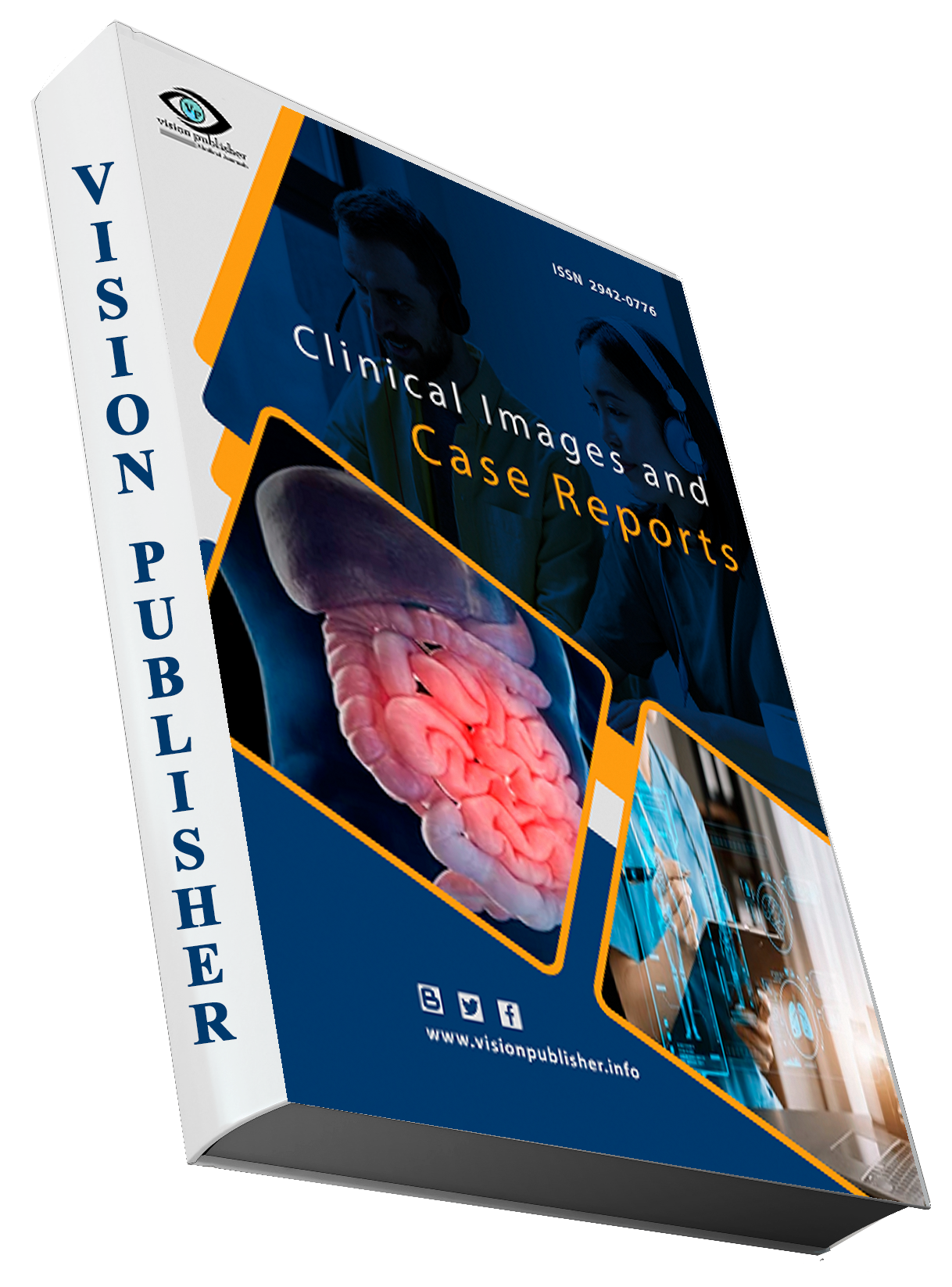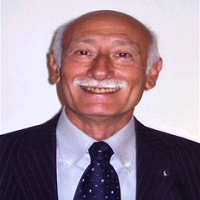Investigation of Bioactive Functional Groups of Solanum tuberosum Peels Using FTIR Technique and Evaluation of Its Antifungal Activity
Keywords:
Antimicrobial, Solanum tuberosum Peels, Bioactive Functional GroupsAbstract
In fact Solanum tuberosum peel contains a lot of nutrients. In the disc diffusion method, the effectiveness of the potato peel waste extract on the antibacterial activity against fungal infections was determined. Specificity of the antifungal activity for the phylogenetic group was again confirmed by the fact that media containing active rhizospheric bacteria inhibited the growth of different species of the pathogenic fungus. The specific aim of the study was, therefore, to determine if the crude methanolic extract of the peelings of Solanum tuberosum L. (White potatoes) possesses antifungal activities against . Indeed, when it comes to analysing various substrates, there is no single method that could be regarded as more important than Fourier transform infrared spectroscopy (FTIR). It is also a strength of this technique that the analyst is able to perform analysis at nearly any state of the sample. For example, if proper sample preparation is used than liquids, solutions, pastes, powders, films, fibres, gases and surfaces can be tested. Many IR sampling techniques including diffuse reflectance and ATR sampling has been made easier by FTIR. This type of analysis was done using Fourier transform infrared (DRIFT) spectrometer. Evaluation of the antifungal properties of Solanum tuberosum peel bioactive metabolites of methanol, ethyl acetate, and ethanolic extract in comparison to three common antibiotics (Fluconazole (FCZ), Itraconazole (ICZ), and Posaconazole (PCZ)). Recorded (15.00±0.58, 13.74±0.25 and 17.00±0.30) for Trichophyton rubrum while (16.09 ± 0.29, 14.45 ± 0.28 and 18.90 ± 0.35) for Fusarium oxyporum and recorded (10.17 ± 0.20, 09.05 ± 0.18 and 13.00 ± 0.22) for Cladosporium herbarum in the same time antifungal activity of Candida albicans was (12.50 ± 0.24, 11.00 ± 0.19, and 15.47 ± 0.26). According to the current study's findings, Solanum tuberosum peels may be a valuable plant source of active chemicals with therapeutic value that can be used to treat certain fungal diseases.
Downloads
References
Pankajalakshmi V Venugopal, Taralakshmi V Venugopal. Antidermatophytic activity of neem (Azadiracta indica) leaves invitro. Indian J Pharmacol 1994; 26: 141-143.
Gupta AK, Sauder DN, Shear NH. Antifungal agents: an overview. Part I. J American Academy Dermatol 1994; 30(5): 677-698.
Jeeva S, Kingston C, Kiruba S, Kannan D. Sacred forests-treasure trove of medicinal plants: a case study from south Travancore. In: Trivedi PC. (ed.) Indigenous medicinal plants. Jaipur: Pointer Publishers; 2007, p. 262-74.
Jeeva GM, Jeeva S, Kingston C. Traditional treatment of skin diseases in South Travancore, southern peninsular India. Indian J Traditional Knowledge 2007; 6(3): 498-501.
Kingston C, Nisha BS, Kiruba S, Jeeva S. Ethnomedicinal plants used by indigenous community in traditional healthcare system. Ethnobot Leaflets 2007; 11: 32-37. [44] Rana BK, Singh UP, Taneja. Antifungal activity and kinetics of inhibition by essential oil isolated from leaves of Aegle marmelos. J Ethnopharmacol 1997; 57: 29-34.
Eshete, M.A.; Molla, E.L. Cultural significance of medicinal plants in healing human ailments among Guji semi-pastoralist people, Suro Barguda District, Ethiopia. J. Ethnobiol. Ethnomed. 2021, 17, 1–18. [CrossRef]
Azab, A. Alcea: Traditional medicine, current research and future opportunities. Eur. Chem. Bull. 2016, 5, 505–514
Friedman M. Potato glycoalkaloids and metabolites: Roles in the plant and in the diet. J Agric Food Chem. 2006;54(23):8655-81.
Bushway R, Bureau J, Stickney M. A new efficient method for extracting glycoalkaloids from dehydrated potatoes. J Agric Food Chem. 1985;33(1): 45-46.
Arendrup M, Cuenca-Estrella M, Lass-Florl C. Method for the determination of broth dilution minimum inhibitory concentration of antifungal agents for yeasts. EUCAST EDef 7.2 Revision 2012.
Arendrup M, Cuenca-Estrella M, Lass-Florl C. Method for the determination of broth dilution minimum inhibitory concentrations of antifungal agents for conidia forming moulds EUCAST EDef9.2 2014.
Ahearn D. Yeasts pathogenic for humans. The yeasts, a taxonomic study. Elsevier, Amsterdam. 1998:9-12.
Beighton D, Ludford R, Clark DT, et al. Use of CHROMagar Candida medium for isolation of yeasts from dental samples. J Clin Microbiol. 1995 Nov;33(11):3025-7.
Mohammed AS A-MA. The effect of extract of the leaves of Adhatodav asicia plant against some types of bacteria contaminating the wounds by using an allergy test. J Umm Salamah of Sci. 2007;4(1):47-54
Himratul-Aznita WH, Mohd-Al-Faisal N, Fathilah A. Determination of the percentage inhibition of diameter growth (PIDG) of Piper betle crude aqueous extract against oral Candida species. J Med Plant Res. 2011;5(6):878-84
Budtz-Jörgensen E. Etiology, pathogenesis, therapy, and prophylaxis of oral yeast infections. ActaOdontologica. 1990;48(1):61-9.
Manolakaki D, Velmahos G, Kourkoumpetis T, Chang Y, Alam HB, De Moya MM, et al. Candida infection and colonization among trauma patients. Virulence. 2010;1(5):367-75
Kourkoumpetis TK, Velmahos GC, Ziakas PD, Tampakakis E, Manolakaki D, Coleman JJ, et al. The effect of cumulative length of hospital stay on the antifungal resistance of Candida strains isolated from critically ill surgical patients. Mycopathologia 2011;171(2):85-91.
Khan H, S Mubarak M, Amin S. Antifungal potential of alkaloids as an emerging therapeutic target. Curr Drug Targets. 2017;18(16):1825-35.
Morrissey JP, Osbourn AE. Fungal resistance to plant antibiotics as a mechanism of pathogenesis. Microbiol Mol Biol Rev. 1999;63(3):708-24.
Deising HB, Reimann S, Pascholati SF. Mechanisms and significance of fungicide resistance. Braz J Microbiol. 2008;39(2):286-95.
Dorman HD, Deans SG. Antimicrobial agents from plants: antibacterial activity of plant volatile oils. J Appl Microbiol. 2000;88(2):308-16

Downloads
Published
How to Cite
Issue
Section
License
Copyright (c) 2024 Clinical Images and Case Reports

This work is licensed under a Creative Commons Attribution 4.0 International License.
Clinical Images and Case Reports












